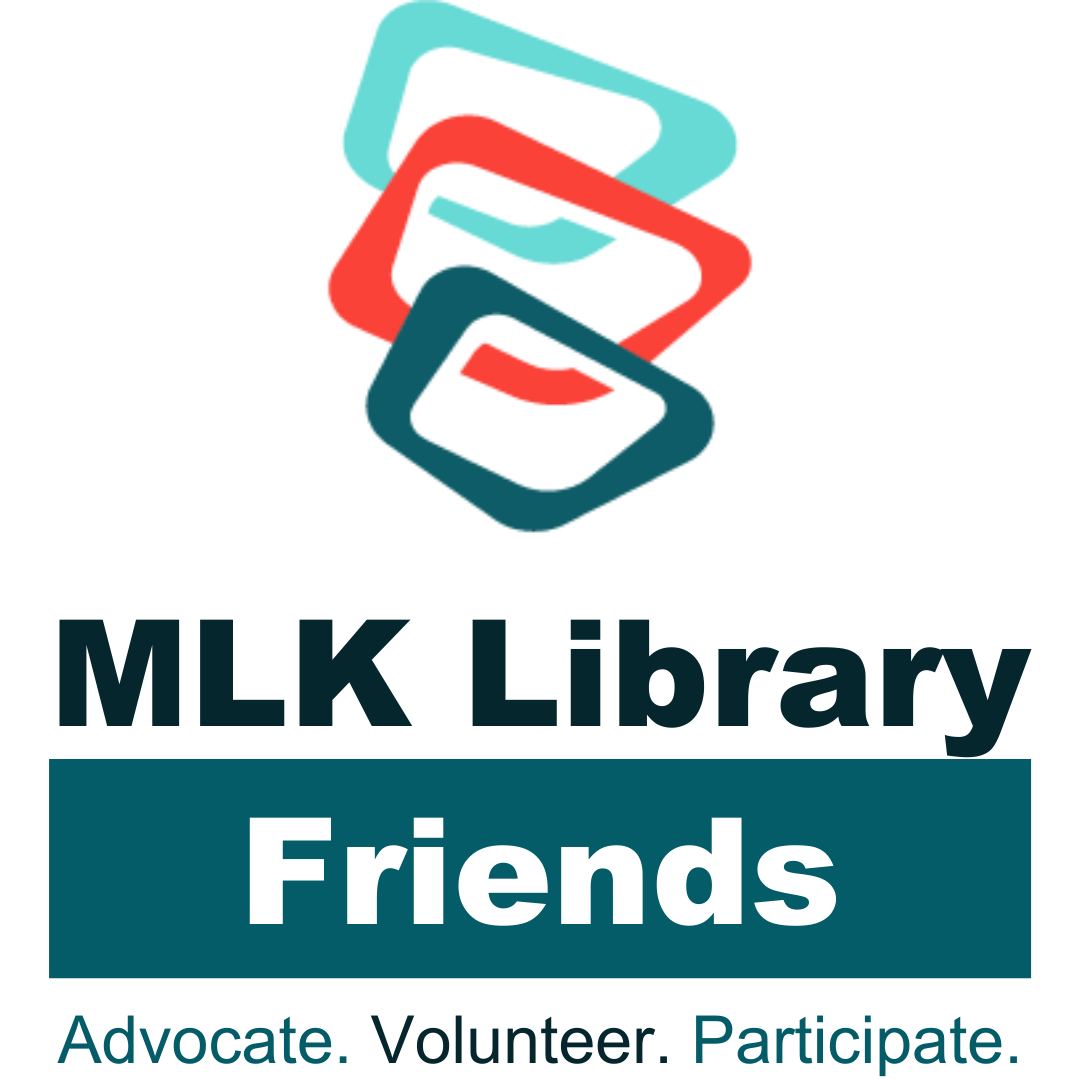Christ House was one of the first medical respite centers, and it’s now one of 133 programs spread across 37 states and Washington D.C. They all offer homeless people a safe place to recover from surgery or other acute illness, learn to manage a chronic condition and get help finding permanent housing.
But the programs are unregulated and unlicensed, and they often look incredibly different from one another, according to Julia Dobbins, the director of medical respite for the National Health Care for the Homeless Council.
The most common setting is a homeless shelter — a few beds or a room set aside with a nurse coming by to check in once a day. Others, like Christ House, have their own building and include full-service kitchens, social spaces, exam rooms and round-the-clock medical care.
Read the complete article by Ryan Levi and Dan Gorenstein on National Public Radio.
https://www.npr.org/sections/health-shots/2022/05/30/1099760410/homeless-medical-respite

Ryan Levi/Tradeoffs

Recent Comments